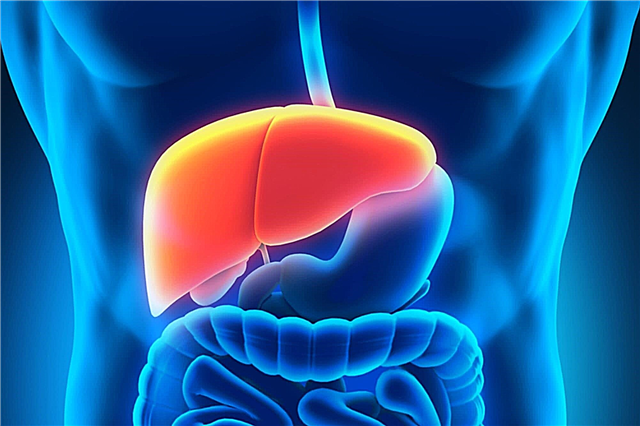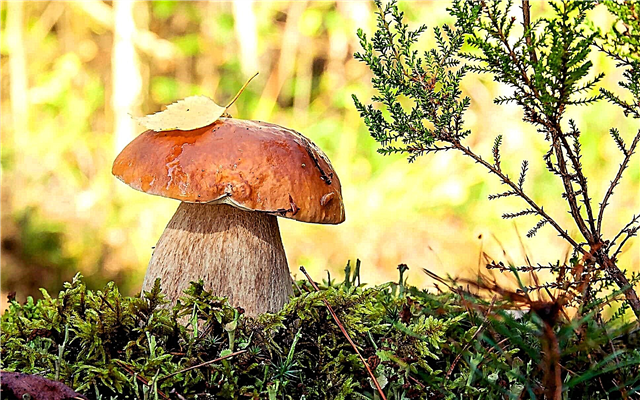
Oxygen is a gas without color, odor and taste that surrounds us everywhere. How are oxygen reserves regularly replenished, and does its amount also depend on the time of year?
Where does oxygen come from?
Even from school, for sure everyone knows that oxygen enters the atmosphere due to the ongoing work of plants. Therefore, the problem of forest destruction and restoration is constantly relevant. Moreover, the need for oxygen increases every year.
Oxygen is produced by plants as a result of a complex chemical process - photosynthesis. During it, the energy of sunlight is converted into chemical energy. Plants absorb carbon dioxide and release oxygen, which in this reaction is a by-product, as well as organic matter. Scientists estimate that green plants produce about 6 tons of oxygen for every ton that is required for their breathing.
These are, of course, significant indicators, but it is worth knowing that oxygen released by land plants makes up only 20% of its total amount. Receipt of the rest 80% of oxygen is provided by sea and ocean algae, which have a common name - phytoplankton. For this reason, the ocean is unofficially called the "lungs" of our planet.

The photosynthesis reaction proceeds mainly in blue-green algae. In a simplified scheme of this reaction, this is as follows.Carbon dioxide combines with water and the result is two substances - glucose and oxygen. The latter, by the way, is regarded by phytoplankton as unnecessary, therefore, excess oxygen is released into the water, and then into the atmosphere. In this case, algae requires energy to carry out the reaction. They get it from the sunlight that enters the water.
Interesting fact: why exactly plants (land and underwater) produce oxygen? Because they have a special pigment - chlorophyll, with the participation of which photosynthesis is carried out. And it is thanks to this pigment that plants are painted green.
Does the amount of oxygen change throughout the year?
Air consists of a large number of different gases. At the same time, oxygen occupies about 21% by volume, and 78% is nitrogen. The remaining components, as the volume decreases, are argon, carbon dioxide, neon, etc. If you take some small territories, you will notice that it is harder to breathe somewhere, somewhere easier. For example, within a big city, the level of carbon dioxide is higher due to production, many vehicles, etc. In the forest, on the contrary, there is a high oxygen intensity, while CO₂ is less. However in general, the amount of oxygen in the atmosphere always remains stable within 21%, because there is a constant and uniform mixing of all gases.
Oxygen in the winter
In winter, the oxygen in the air really becomes less than 0.01%. However, the percentage of its decline is so small that for people and other living organisms, these changes go unnoticed, and therefore quite safe.In winter, deciduous plants, of course, cease to participate in the process of oxygen production, but conifers, as well as phytoplankton, which are not afraid of freezing temperatures, still remain.
How do scientists measure oxygen levels. Actively engaged in these studies began in the 90s. For this, weather stations installed in different parts of the planet for the purity of the experiment are used. At weather stations, air is regularly taken, and then the obtained samples are compared with the control. Track changes not only oxygen but also nitrogen.
These experiments give clear results. It was established that in the northern hemisphere of the Earth, oxygen fluctuations are more noticeable than in the southern. In winter, the volume of oxygen here decreases by 24 parts per million, and since its total amount is about 210,000 per million, the fluctuations are really insignificant.
In winter, oxygen in the air really becomes less. It enters the atmosphere through plants. Leaves fall in winter, so when the cold weather comes, the amount of oxygen in the air decreases. Nevertheless, conifers remain, and most of the oxygen (80%) comes from underwater plants - phytoplankton. Thus, the decrease in oxygen volume in winter is insignificant - only 0.01%. For all living organisms, these fluctuations are invisible and safe.












